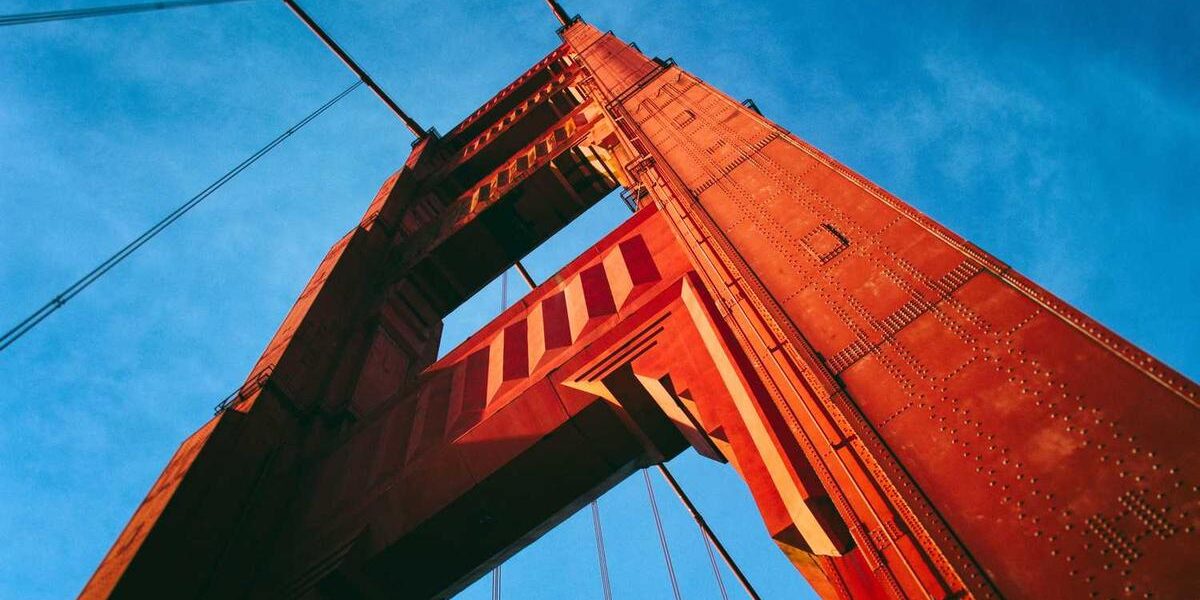The Rise of the Mailboat
Mailboats have a storied place in the history of maritime transport. Originally intended as a means to deliver mail to remote locations, these versatile vessels have adapted to changing times. As settlements developed in isolated areas, getting messages, goods, and packages there was a necessity. The mailboat filled this gap with effectiveness.
Historical Roots
Before modern technology, transporting mail over long distances posed significant challenges. Mailboats emerged as a solution, especially in regions dotted with islands or difficult terrain. In the late 19th century, they became a common sight along coastal routes. The ships were reliable and could pass through waters inaccessible overland. Serving both practical and social purposes, they connected communities far removed from main communication routes. The boats carried more than letters and parcels; they were a lifeline linking people across large distances.
Operational Mechanics
Operating a mailboat required meticulous planning. Schedules were determined by the frequency of deliveries and the size of the marine area served. Often, mailboats followed fixed routes, stopping at designated points along the way. Precision was key to ensure timely deliveries given the expansive territories. Logistics involved careful coordination with post offices and local distribution points. Captains had to be adept at navigating ever-changing tides and weather conditions. Skillful seafaring ensured that mail reached its destination securely and efficiently.
Technical Specifications
Mailboats were built for durability and dexterity. Most had sturdy hulls to withstand harsh maritime environments. They varied in size depending on the volume of mail and passengers they carried. Some vessels accommodated only mail, while others had provisions for passengers and cargo. The designs were optimized for speed, crucial for scattered delivery points. Engine consistency was paramount; breakdowns could disrupt entire routes. Typically powered by diesel engines in later years, older models relied on steam.
Evolution Over Time
The evolution of mailboats reflects broader changes in communication and transport technology. Initially, these boats were the fastest way to deliver mail across water. Over time, advances in air and road transport shifted some mail services away from boats. However, in isolated areas, they remained essential. Increasingly, these vessels became multipurpose, accommodating tourists to offset operational costs. Maintaining historical ties, mailboat services continued to serve as a cultural link, hosting local events on board and contributing to regional identity.
Modern-day Mailboats
Today, mailboats operate on a smaller scale but retain their importance in sectors like tourism and regional supply chains. Modern vessels are equipped with the latest navigation systems to enhance safety and efficiency. Some mailboats offer scenic tours, combining logistics with leisure. These operations provide insight into local histories and landscapes while fulfilling their primary role. There’s an emphasis on sustainability as many aim to lower ecological footprints with eco-friendly technologies.
Stories From the Sea
Accounts from mailboat crews provide a rich tapestry of sea life. Each journey could bring unexpected encounters with wildlife, changing weather, and unanticipated events. The vast knowledge shared among crew members highlights the unique experiences afforded by life at sea. Captains recount tales of stormy rides and calm passages. Throughout history, these narratives have shaped the collective memory of communities served by mailboats.
Key Mailboat Routes
- The Norwegian Hurtigruten route, extending along Norway’s rugged coastline, is one of the most famous.
- The Bahamas has a long tradition of mailboat services connecting its many islands.
- Scotland’s Western Isles benefit from mailboat services as an integral part of island life.
- The Maine Coast served historically by mailboats as they linked its economically crucial fishing villages.
- Cape Breton Island in Canada uses mailboats for community connection across its isolated points.
Future of Mailboat Services
The future of mailboat services holds intriguing prospects. Technology allows for improved route efficiency, potentially broadening their scope. Collaboration with postal services could expand their role in logistics, possibly integrating drones for final-mile delivery. There is room for technological adaption in cutting travel times and enhancing communication with land facilities. As regions pursue sustainable transport solutions, mailboats may experience a resurgence; smaller carbon footprints make them attractive for eco-conscious areas.
Cultural Legacy
Mailboats are woven into the fabric of the regions they serve. Immortalized in literature, art, and local folklore, they transcend their functional role. Stories of connections fostered via mailboats celebrate a shared maritime culture. Events revolving around these ships highlight their enduring significance. Community celebrations staged around the arrival of these boats reveal their important socio-cultural position.
Challenges Faced
Operating mailboats is not without challenges. The cost of maintenance and fuel can be prohibitive, particularly for smaller operators. Crews face uncertain maritime conditions, which can delay deliveries. Navigational hazards present constant risks; reefs, storms, and equipment failure are ever-present concerns. Economic pressures from alternative transport modes pose further competition, requiring operators to innovate continuously.
Why Mailboats Matter
Mailboats offer lessons in resilience and adaptability. They demonstrate the importance of connecting isolated communities and maintaining cultural ties. Their existence reassures that between complex logistics and ever-changing transport dynamics, practical solutions persist. As long as there is a need for connectivity in remote places, mailboats will have a place in societal infrastructure. They stand as a testament to human ingenuity in bridging the gap between isolation and inclusion.
“`
